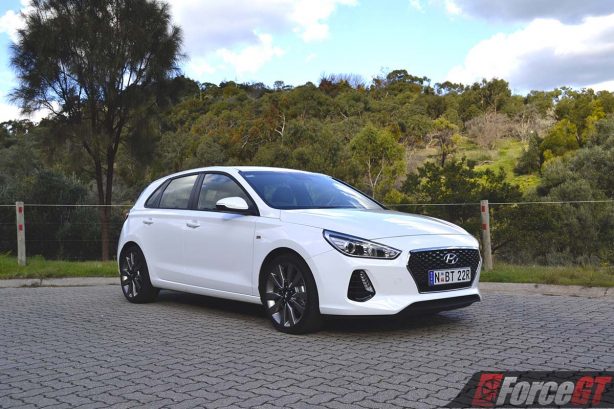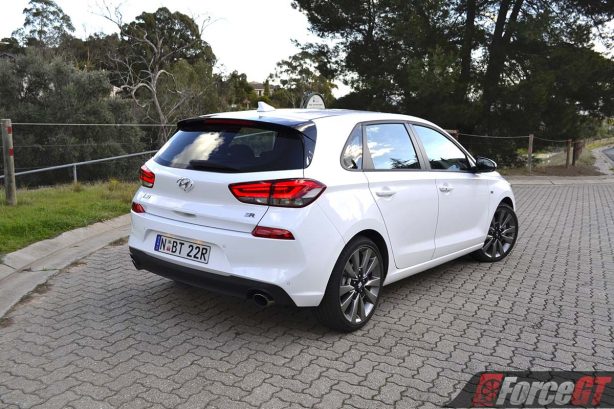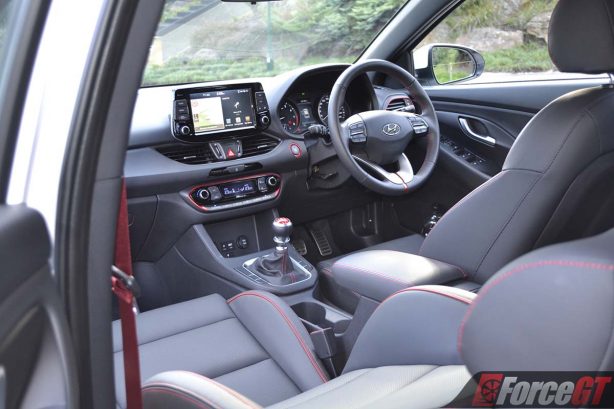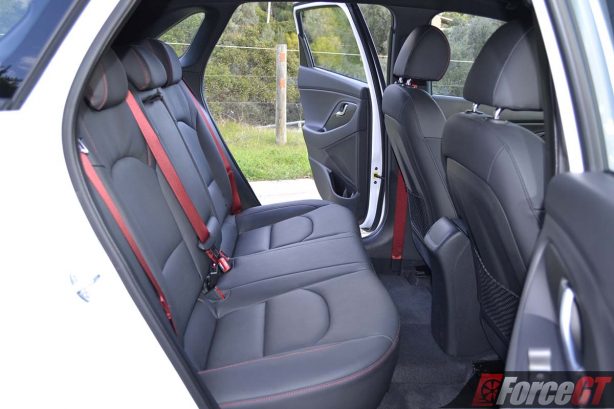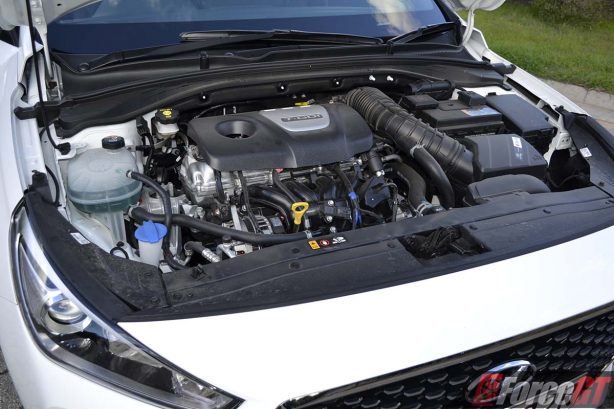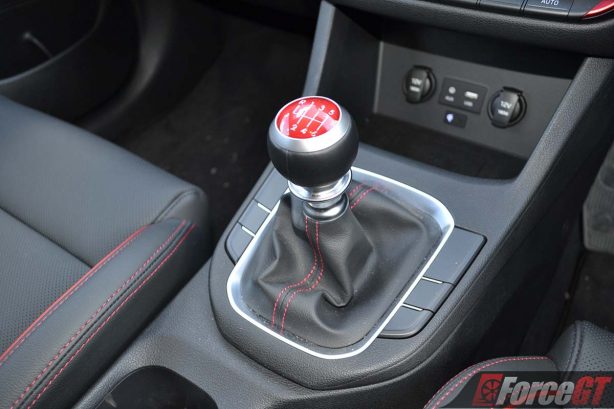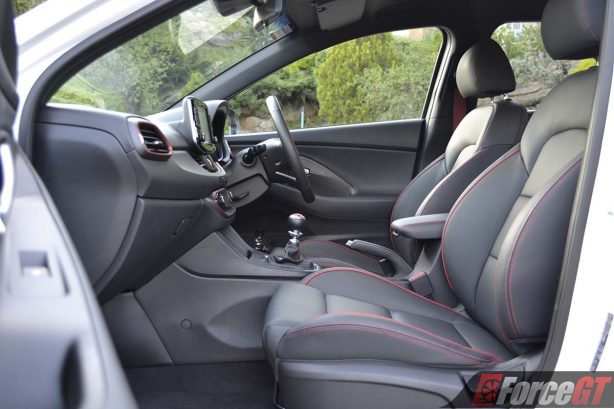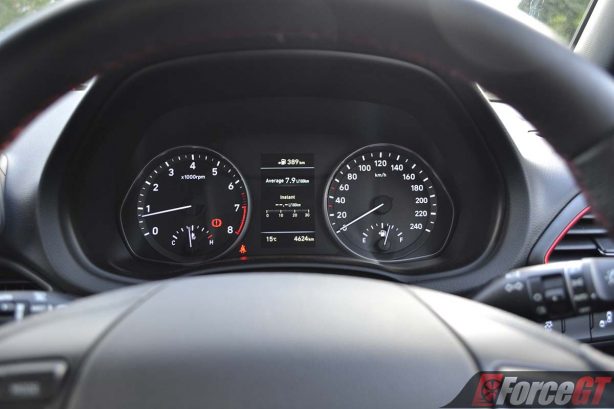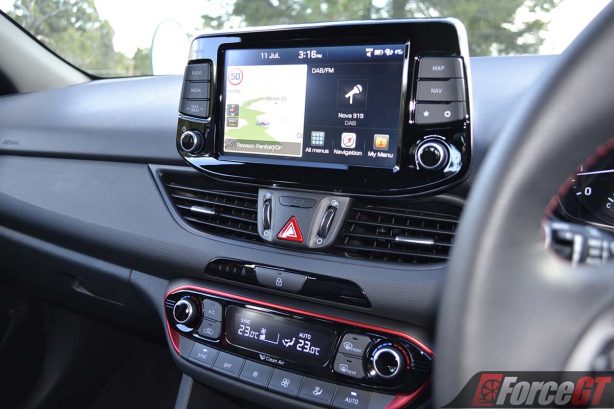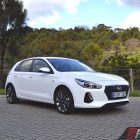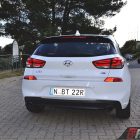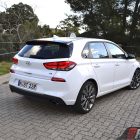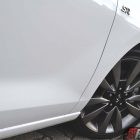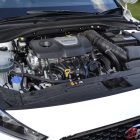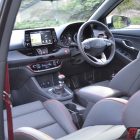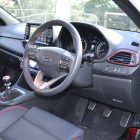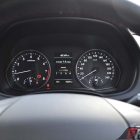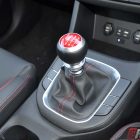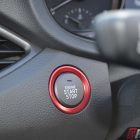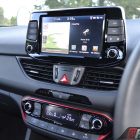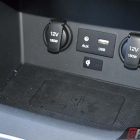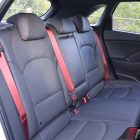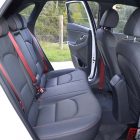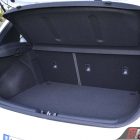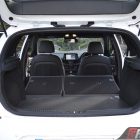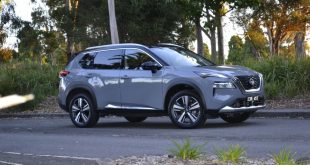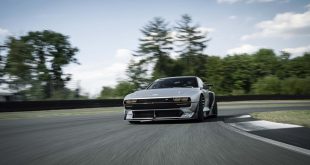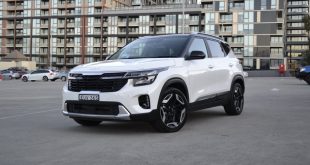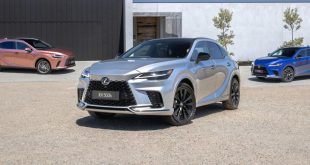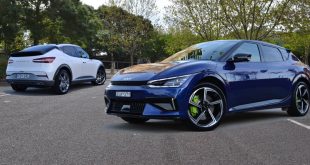Despite the meteoric rise and our love affair with high-riding SUVs, the humble hatchback is still a significant player in our market with the Toyota Corolla, Mazda3 and Hyundai i30 regularly making up the top three models on the overall monthly sales chart.
But like almost all other segments, it is cutthroat, too, with more than two-dozen other similar models to choose from. That’s why manufacturers constantly churn out updates to edge out each other, and the latest to do so is Hyundai with their thoroughly updated 2017 i30 hatch.
Since its introduction into the Australian market a decade ago, the i30 is consistently one of the more popular hatches for shoppers, thanks to its sharp styling, decent dynamics, 5-year warranty and reliability.
The third-generation 2017 model builds on the same formula but refined to enhance what is already a highly compelling package.
The range kicks off with the $20,950 Active and works its way up to the turbocharged SR Premium “warm hatch” at $33,950. Our SR Manual tester is priced at $25,950 and, in our opinion, is the sweet spot of the range. Let’s find out why.
Design and Comfort
One of the main KPIs of the latest i30 is to appeal to fussy European buyers who have grown up on a diet of VW Golf, Ford Focus and Opel Astra (Holden Astra in Australia).
While not initially convinced by the somewhat conservative new sheet metal, after a week of acquaintance, the new European design gradually grew on me – the lines are now softer, with a hint of Peugeot 308 in the rear three-quarter, while the Audi-inspired front grille is now more upright and condensed, giving the i30 a more grown up and premium look.
And while the exterior was a little iffy to start with, the i30’s handsome new interior is a triumph. It is genuinely well-designed and appropriately European in feel and look. The beautifully crafted leather bound steering wheel is attractive and great to hold, while the anodised red highlights around the aircon vents and climate controls along with Mercedes-AMG A45-eques red seatbelts combine to lift the cabin ambience for a sporty feel.
Most touch points are soft and interior ergonomics are generally good, although the infotainment screen buttons closer to the passenger side require a bit of a stretch to reach.
The 8-inch touchscreen system is intuitive and easy to navigate and comes standard with Apple CarPlay and Android Auto along with 6 punchy speakers. Its sat-nav graphics are good and clear, and includes lane guidance.
The driving position is good, while the front seats are comfortable even for my dodgy back, despite lacking in lumbar support. The front centre armrest now slides back and forth to suit different drivers.
Head and legroom are both sufficient if you’re not too tall and there’s ample storage in the cabin, including a dedicated spot for smartphones with inductive charging (sorry iPhone users, you’ll need to get a special case for this to work).
However, the VW Golf-inspired badge-hidden rear view camera of the previous model has been replaced with a less sophisticated fixed unit with exposed lens that is prone to dirt (cost cutting, perhaps?).
The i30’s cabin is also now noticeably quieter than the previous model although there is still a fair bit of tyre noise at freeway speed.
Performance and Handling
It wasn’t long ago that you’ll need a hot hatch to get 150kW and 265Nm of torque but that’s exactly what you receive from the i30 SR’s 1.6-litre turbocharged four-cylinder, direct-injected petrol engine. It is matched with either a 7-speed twin-clutch automatic, or a slick shifting six-speed manual transmission as in our test car.
Pinched from the Veloster SR Turbo, the engine is smooth but like its curvier sibling, it tends to be languid below 2,000 rpm. Once on boil however, power delivery is relatively linear with a mildly convincing exhaust note.
Its six-speed DIY shifter has a solid, Germanic feel to it and is a perfect match to the punchy engine that will sure to please drivers.
Driven hard, the SR’s good body control, responsiveness and agility further reinforces the i30’s excellent underpinnings and balance. There is good heft to the precise steering that gives the car a solid feel on the road, while cornering grip is good in both dry and wet. Its brakes have good feel and washes off speed effectively.
Quality
Hyundai’s build quality and reliability are now proven, with each successive generation better than before. However, there is some occasional squeaking noise around the B-pillars due to the rubber seals rubbing against the door.
Fit and finish are also excellent with no panel misalignments.
Economy
Over the course of our weeklong test, the i30 averaged a reasonable 7.8L/100km of unleaded fuel with a mixed of urban and freeway runs – just 0.3L/100km more than the official rated combined average.
Owners will also be pleased to know the i30 will cost just $657 to service over three years, thanks to Hyundai’s capped price servicing.
Features and Equipment
The i30 SR is generously equipped, standard features include keyless entry, wireless phone charging, 18-inch alloy wheels, dual exhaust tips, LED headlights, blind spot detection, lane change assist, rear cross traffic alert, satellite navigation and Bluetooth phone connectivity.
Disappointingly, autonomous braking and forward collision warning are only available on the twin-clutch model. Curiously, rear seats aircon vents have also been deleted on the manual model.
Verdict
Design and comfort: 8.0/10
Performance and handling: 8.5/10
Quality: 8.0/10
Economy: 8.0/10
Features and equipment: 7.5/10
Like successive generations before it, the 2017 i30 is better than the model it replaces. With decent dynamics, enhanced equipment and a smart new interior, its value is more compelling than before despite minor price increase.
The i30 SR’s slick-shifting 6-speed manual is a perfect match to the punchy turbocharged engine and is one of the best driver’s cars in its class.
And if the i30 SR is a warm up act, we can’t wait to get into Hyundai’s first serious hot hatch, the i30N. Stay tuned!
Pros:
- Decent dynamics
- Slick 6-speed manual
- Beautiful interior
- Good fuel economy
Cons:
- AEB and collision warning not available on manual model
- No rear seat aircon vents
2017 Hyundai i30 SR Manual pricing and specification
| Price (Excluding on-road costs): | From $25,950 As tested: $25,950 |
| Warranty: | 5 years/unlimited kilometer |
| Warranty Customer Assistance: | N/A |
| Country of Origin: | South Korea |
| Service Intervals: | 12 months/10,000km |
| Engine: | 1.6-litre turbocharged, direct-injected inline 4-cylinder petrol: 150kW @ 6,000rpm, 265Nm @ 1,500-4,500rpm |
| Transmission: | 6-speed manual |
| Drivetrain: | Front-wheel drive |
| Power-to-weight Ratio (W/kg): | 106.7 |
| 0-100km/h (seconds): | Not tested |
| Combined Fuel Consumption (L/100km): | Claimed: 7.5 / Tested: 7.8 |
| RON Rating: | 91 |
| Fuel Capacity (L): | 50 |
| Safety: | 5-star ANCAP, 7 airbags, ABS, BA, EBD, Hill-start Assist, TCS, VSM, blind spot detection, lane change assist, rear cross traffic alert, reverse camera, rear parking sensors, tyre pressure monitoring system, space saver spare, ISOFIX |
| Dimensions (L/W/H/W-B) mm: | 4,340/1,795/1,455/2,650 |
| Boot Space (Expanded) (L): | 395 (1,301) |
| Kerb Weight (kg): | 1,407 |
| Towing Capacity (kg): | Braked: 1,300/Unbraked: 600 |
| Entertainment: | 8-inch touchscreen with satellite navigation, SUNA live traffic updates, Bluetooth, Apple CarPlay and Android Auto, digital radio, AUX/USB, 6-speakers |
Competitors: Alfa Romeo Giulietta, Citroen C5, Ford Focus, Holden Astra, Honda Civic, Kia Cerato, Mazda3, Mitsubishi Lancer, Peugeot 308, Renault Megane, Skoda Octavia, Toyota Corolla, Volkswagen Golf
 ForceGT.com Car News, Car Reviews, Video Reviews, Tuning and much more.
ForceGT.com Car News, Car Reviews, Video Reviews, Tuning and much more. 